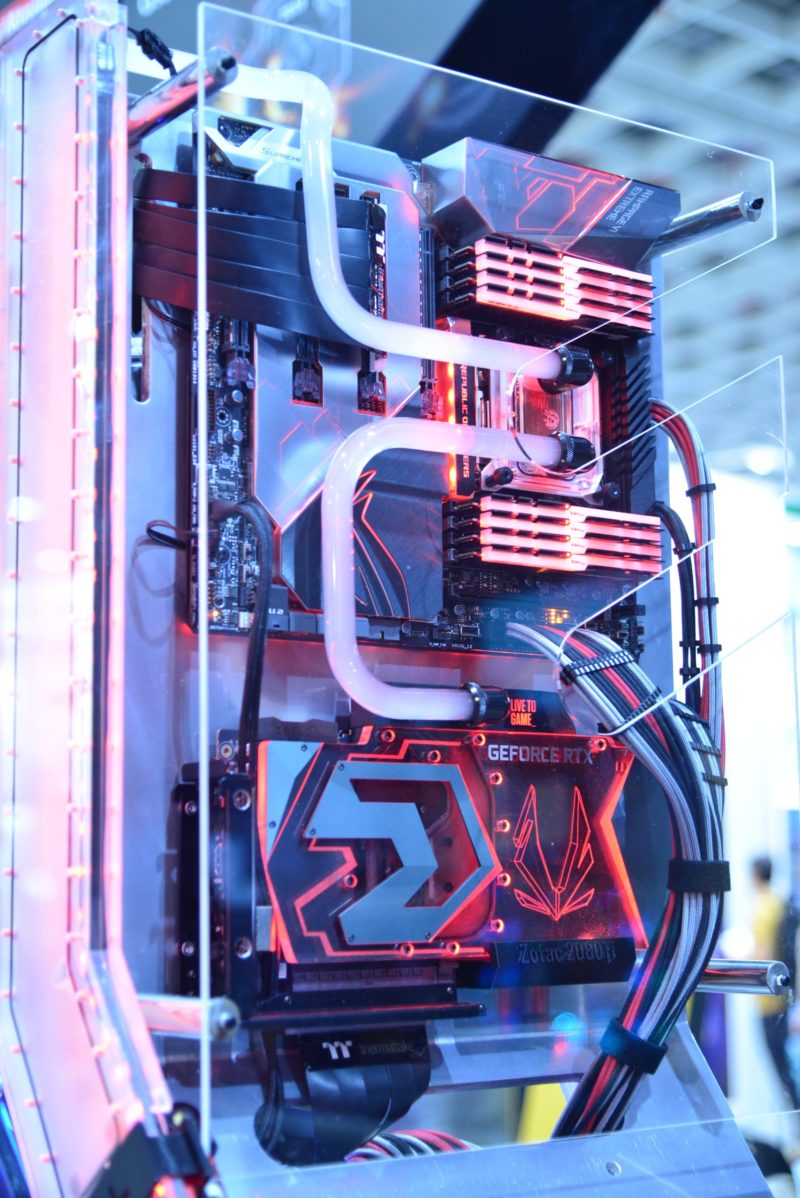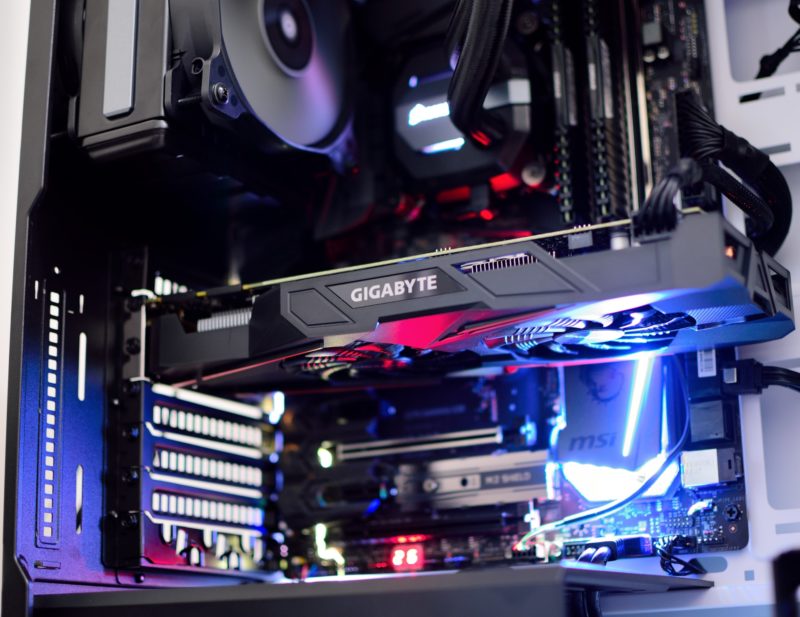
GPU drivers are the software that allow your graphics card to communicate with your computer. They are responsible for processing and rendering the images that you see on your screen, and they need to be up-to-date in order to ensure that your card is running at its best.
Your computer’s graphics card is an important piece of hardware, and the drivers that control it are critical for getting the best performance out of your games and other graphical applications. In this post, we’ll tell you everything you need to know about GPU drivers-including what they are, how to install them, and how to update them.
Installing GPU drivers
Installing GPU drivers can be a bit of a challenge, but it’s important to make sure that they’re up to date in order to get the best performance out of your graphics card. Here are a few tips to help you get started:
- Check your computer’s system information to see what type of graphics card you have. This will help you determine which drivers you need to install.
- Download the latest drivers from the manufacturer’s website.
- Double-click on the downloaded file and follow the instructions to install the drivers.
- Restart your computer when prompted.
- Check to see if your graphics card is now working properly. If not, try reinstalling the drivers.
How to update gpu drivers
- Open up the Control Panel.
- Click on System and Security.
- Click on Device Manager.
- Expand the Display adapters category.
- Right-click on your graphics card and select Update Driver Software…
- Choose Search automatically for updated driver software.
- Click Close when the process has completed.
You might be prompted to restart your computer at this point.
- After you’ve rebooted, open up the Control Panel again and click on System and Security.
- Click on Device Manager one more time.
- Expand the Display adapters category again and make sure your graphics card is listed without any exclamation points or question marks next to it.
If you see any, then you’ll need to head to your card manufacturer’s website and download the latest drivers manually.
- If everything looks good, you can move on to the next section.
Updating drivers is important for keeping your computer running smoothly. While most people will never need to update their drivers, it’s always a good idea to keep them up-to-date in case there are any critical security updates or performance improvements.
Why you should update your GPU drivers
GPU drivers are important for several reasons. One reason is that they help your graphics card communicate with your computer. They also help your computer process and render images. If you don’t have the latest drivers, you may not be able to get the best performance out of your graphics card. It’s a good idea to update your drivers regularly, especially if you’re a gamer or if you use graphics-intensive applications.
Common problems with GPU drivers
- One of the most common problems with GPU drivers is high CPU usage. This can be caused by a number of factors, but the most common cause is outdated or corrupt drivers. If you are experiencing high CPU usage, the first thing you should do is update your drivers. If that doesn’t fix the problem, you may need to uninstall and reinstall your drivers.
- Another common problem is artifacts in games or other graphical applications. Artifacts are usually caused by outdated or corrupt drivers. If you’re seeing artifacts, the first thing you should do is update your drivers. If that doesn’t fix the problem, you may need to uninstall and reinstall your drivers.
- GPU drivers can also cause crashes or freezes. This is usually caused by outdated or corrupt drivers. If you’re experiencing crashes or freezes, the first thing you should do is update your drivers. If that doesn’t fix the problem, you may need to uninstall and reinstall your drivers.





